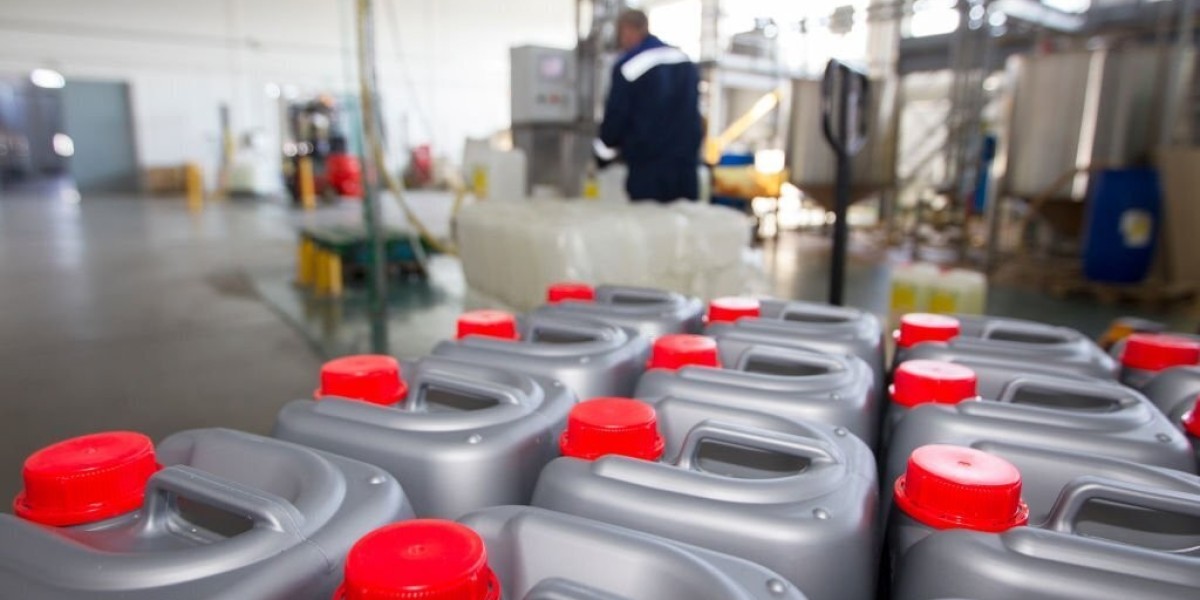The oceans cover over 70% of the Earth's surface and are home to an immense diversity of life forms. However, less than 1% of marine species have been discovered and characterized to date. Blue biotechnology aims to tap into this vast untapped reservoir of genetic and biological resources for beneficial purposes.
Potential Areas for Marine Chemicals Applications
Marine Pharmaceuticals
The ocean is a treasure trove of novel chemical compounds with therapeutic properties. Many marine organisms such as sponges, corals, algae and microbes produce unique secondary metabolites to defend themselves or communicate that have shown promise against various human diseases. Over 20,000 marine natural products have been identified so far. Drugs like Yondelis®,Prialt® and Vidaza® were developed based on compounds originally discovered from marine sources. Further exploration can uncover more drug candidates for cancer, inflammation, infection and other conditions.
Marine Enzymes
Marine Chemicals in particular extreme environments have developed unique enzymes that can withstand high pressure, temperature, salinity and even radiation. These industrially robust enzymes find use in various applications such as biofuel production, cleaning products, food processing and more. Cellulase and amylase from marine bacteria help break down agricultural waste for renewable fuel production. Proteases and lipases are exploited in detergent formulations. Carrageenase and agarase are used in food processing industries.
Aquaculture
Blue biotechnology can help address the growing demand for fish and seafood through sustainable aquaculture. Biotechnological tools aid in broodstock development, breeding high-quality all-male or all-female strains, producing all-female triploids for farming, vaccination against diseases. Transgenic techniques introduce traits like faster growth rates and resilience to stress. Molecular diagnostic methods help monitor culture systems for pathogens. Bioremediation applications utilize filter-feeding shellfish to clean coastal waters.
Marine Genomics
The field of marine genomics utilizes high-throughput sequencing technologies to characterize the genes, genomes and transcriptomes of marine species. This addresses key objectives such as understanding their phenotypic traits and adaptations to extreme conditions at molecular level, utilizing their genetic makeup for useful applications. Genome projects on model organisms are unraveling ecological and industrial significance. Genomics also aids in conservation efforts by providing insights on biodiversity, stock assessment, management of endangered species.
Applications in Biomaterials
Marine biomaterials find diverse use as building blocks and substitutes for petroleum-based products. Chitin from crustacean shells and chitosan from processed chitin serve as biodegradable substitutes for plastics. Alginates from brown algae provide gelling properties for food formulations, wound dressings, tissue engineering applications. Cellulose from seaweed and tunicate houses are utilized in paper products, textiles and composites. Calcium carbonate from coccolithophore algae and foraminifera are novel biomaterials. Elastin-like polypeptides from marine mussel byssal threads have biomedical applications.
Advancements in Marine Bioprospecting
While marine bioprospecting or exploration has been ongoing for decades, technological advancements are enabling more targeted and efficient discovery processes. Modern tools like DNA barcoding and metagenomics expedite identification of novel microbial species from seawater, sediments and marine organisms. High-throughput screening methods can rapidly evaluate thousands of extracts for bioactive properties. Bioinformatics resources compile metadata on marine genetic and chemical diversity to guide bioprospecting to underexplored niches and biodiversity hotspots. Autonomous vehicles explore deeper ocean regions. Advances in culture-based techniques aid isolation of previously uncultured microorganisms.
Regulatory Challenges
Despite the immense opportunities, blue biotechnology expansion faces certain regulatory and socio-economic challenges that need to be addressed to realize its full potential. Some countries have established guidelines for access and benefit-sharing of marine genetic resources beyond national jurisdictions. However, complex issues related to ownership, intellectual property rights and commercial exploitation require international consensus and cooperation. Environmental safety regulations ensure that biotechnological activities do not adversely impact delicate ocean ecosystems or harm non-target species. Public acceptance depends on demonstrating ethical practices and tangible benefits to society. Concerted efforts through multilateral forums can help establish regulatory frameworks to drive responsible progress.
The oceans are arguably Earth's last great frontier harboring valuable resources with applications with applications across industries that remain largely untapped. Advancements in technologies facilitate deeper access and scientific exploration of marine genetic diversity. With sustainable utilization and management, blue biotechnology holds promise to deliver drugs, industrial enzymes, novel biomaterials, sustainable aquaculture practices and more for the benefit of humanity. Addressing regulatory challenges through multilateral cooperation can realize its full potential to contribute solutions for global needs in healthcare, energy, environment and economy.
Get more insights on - Marine Chemicals
Discover the Report for More Insights, Tailored to Your Language.
About Author:
Vaagisha brings over three years of expertise as a content editor in the market research domain. Originally a creative writer, she discovered her passion for editing, combining her flair for writing with a meticulous eye for detail. Her ability to craft and refine compelling content makes her an invaluable asset in delivering polished and engaging write-ups.
(LinkedIn: https://www.linkedin.com/in/vaagisha-singh-8080b91)



